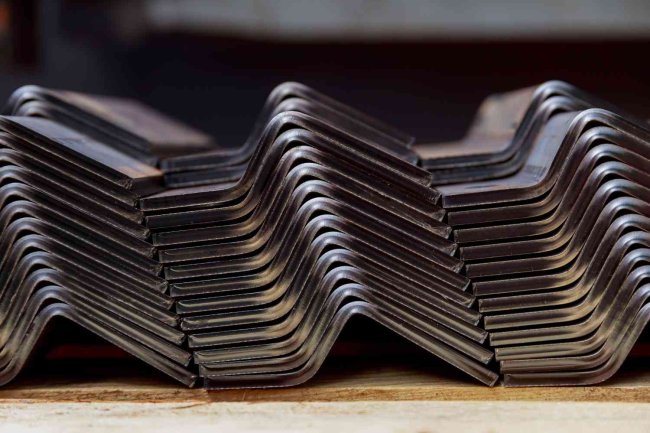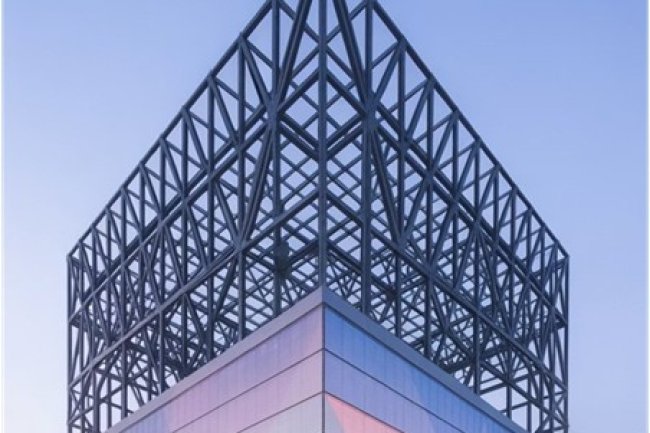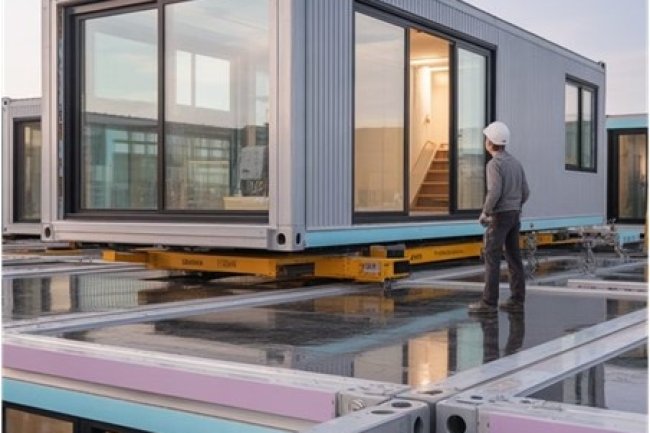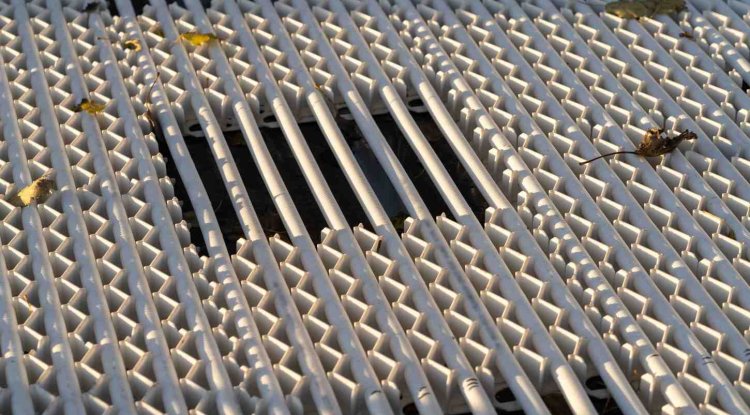Cold-Formed Steel Design: Transforming Structural Engineering
Revolutionizing lightweight construction through innovation and precision in structural design and detailing

Why Cold-Formed Steel Matters
Lightweight Efficiency
|
Sustainability Champion
|
Cost & Time Efficient
|
Key Applications in Structural Design
Cold-formed steel has transformed how structural engineers approach lightweight construction projects. Its versatility enables creative solutions for complex design challenges, including:
|
|
Structural Detailing Challenges
| 1. Connection Complexity The thin-walled nature of CFS requires specialized connection details that address local buckling and potential distortion around fastener locations. |
2. Coordination with MEP Systems Ensuring service penetrations do not compromise structural integrity demands careful planning, precise detailing, and reinforcement strategies. |
3. Thermal Bridging Management Due to steel’s high thermal conductivity, effective detailing is essential to mitigate energy loss through thermal bridges in the building envelope. |
Advanced Design Considerations in Cold-Formed Steel (CFS)
Understanding the unique behavior of cold-formed steel is vital for reliable structural analysis and detailing. Key buckling modes must be addressed to ensure safety and performance:
Local Buckling
Thin-walled CFS members are susceptible to localized buckling under compressive loads.
✅ Requires accurate calculation of effective section properties to maintain load capacity.
Distortional Buckling
An intermediate buckling mode where flanges rotate about the web-flange junction.
✅ Particularly critical in C- and Z-shaped sections used widely in framing systems.
Global Buckling
The entire member can buckle if not adequately supported or braced.
✅ Must be addressed through comprehensive bracing systems and robust connection design.
Generative Design: The Future of Cold-Formed Steel (CFS)
Transforming the Structural Design Workflow
Generative design is reshaping the way engineers innovate with cold-formed steel structures by harnessing the power of automation and AI:
|
|
Exploration at Scale Material Optimization Accelerated Design Timelines Innovation Beyond Intuition |
Consac: Your Partner in Cold-Formed Steel (CFS) Excellence
Deep Expertise
Our specialists bring unmatched proficiency in cold-formed steel design, delivering code-compliant and innovative structural solutions.
Streamlined Efficiency
Harness the power of advanced design techniques and full BIM integration to accelerate timelines and control project costs.
Unwavering Quality
We ensure highly accurate, constructible, and standards-compliant designs that exceed expectations in both performance and durability.
Dedicated Partnership
From conceptualization to construction, Consac remains by your side—offering personalized support and strategic insight at every stage of your CFS project.
What's Your Reaction?


















